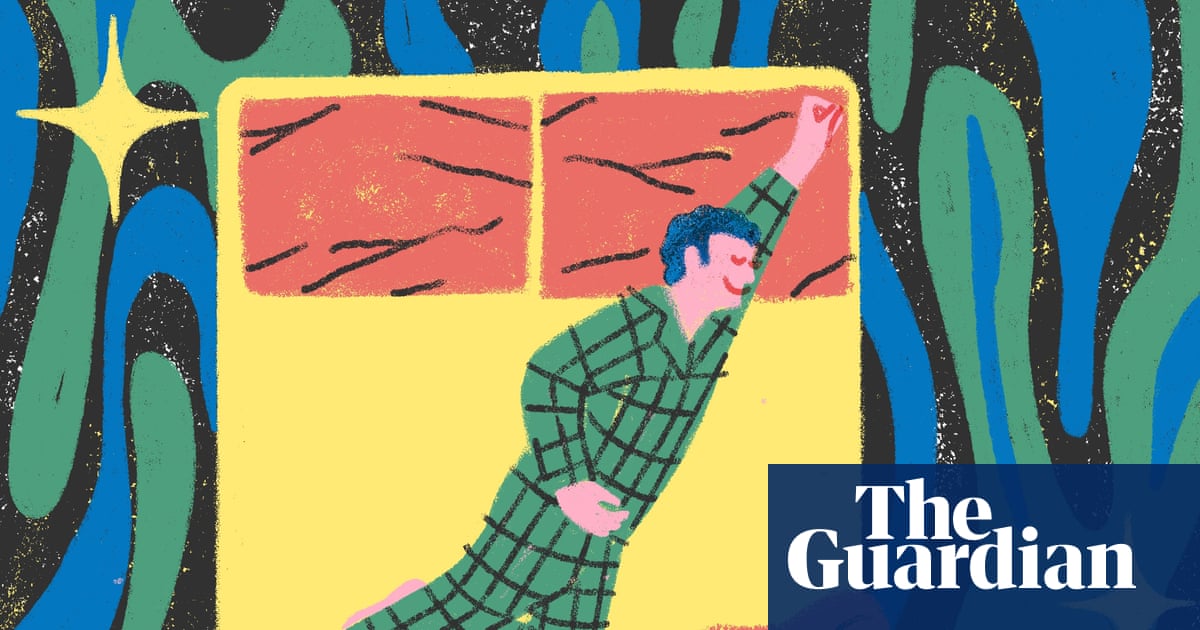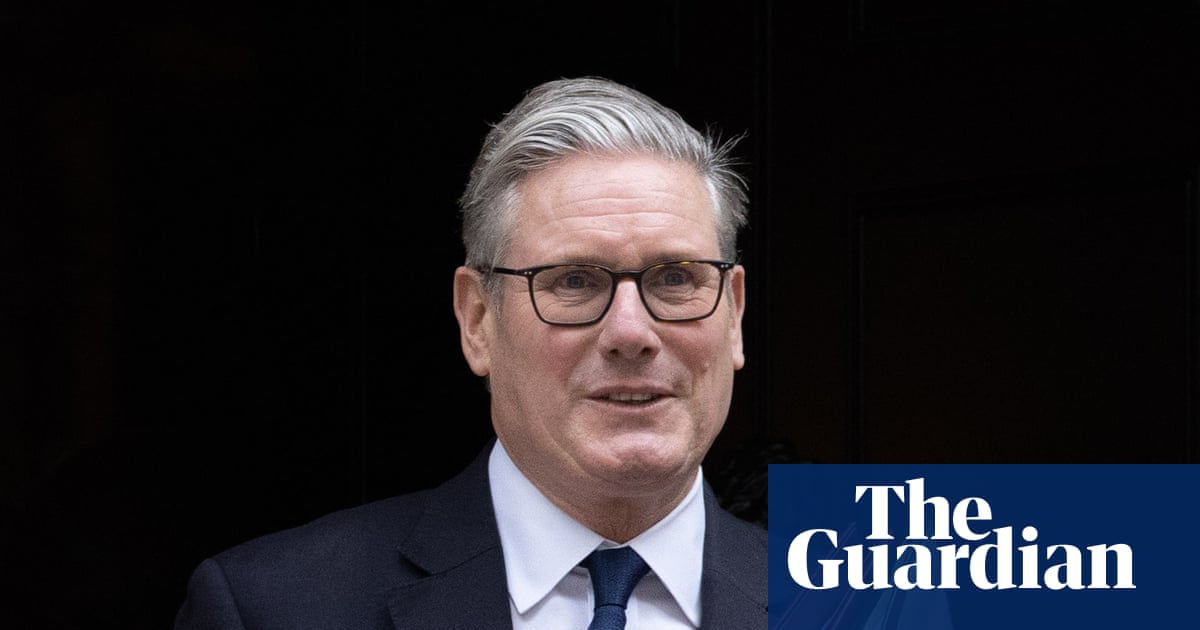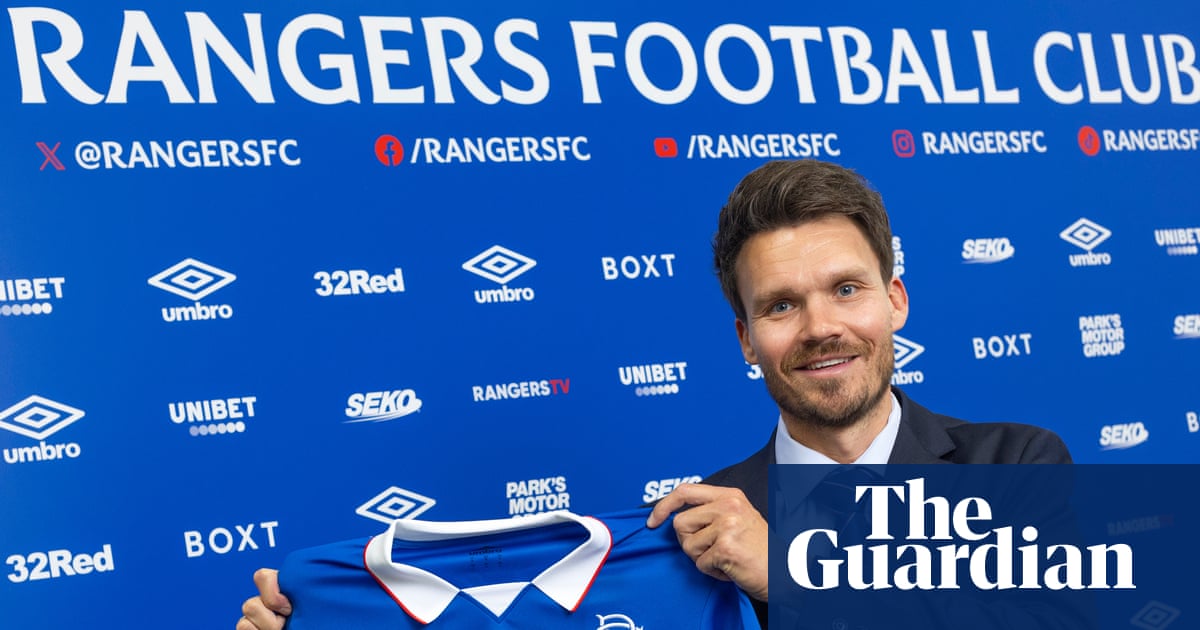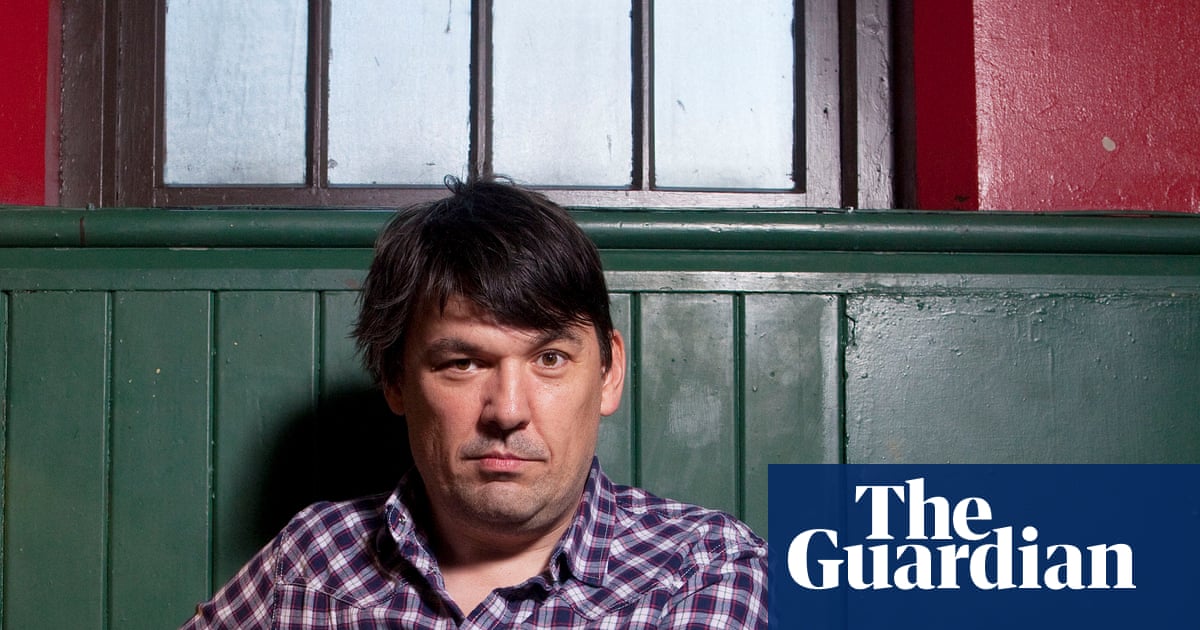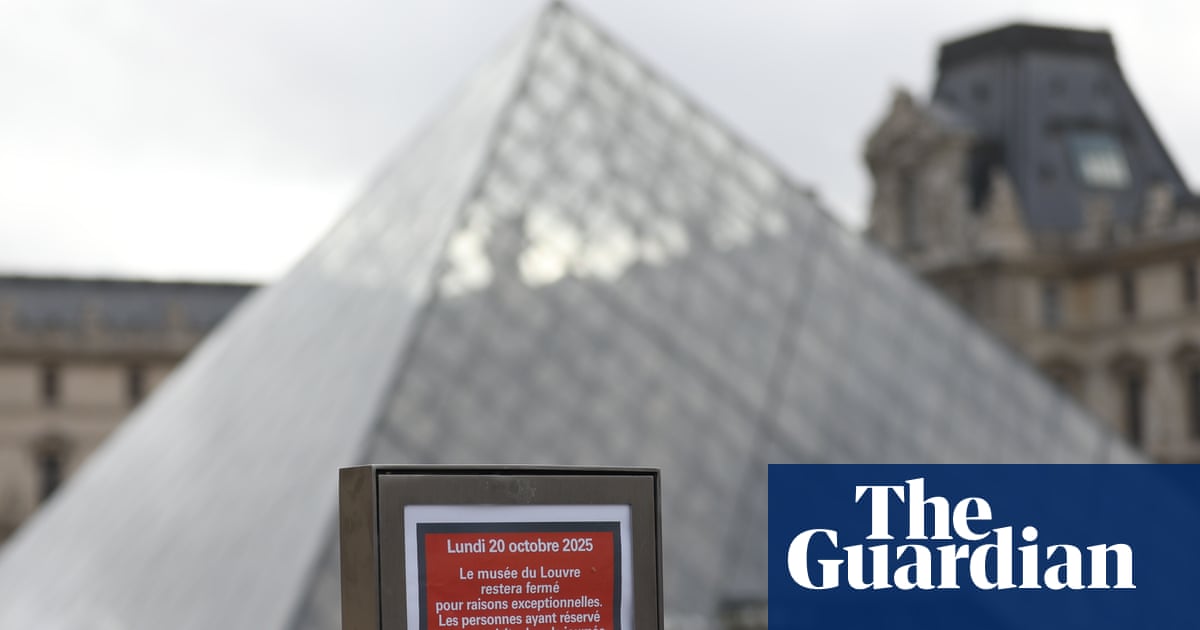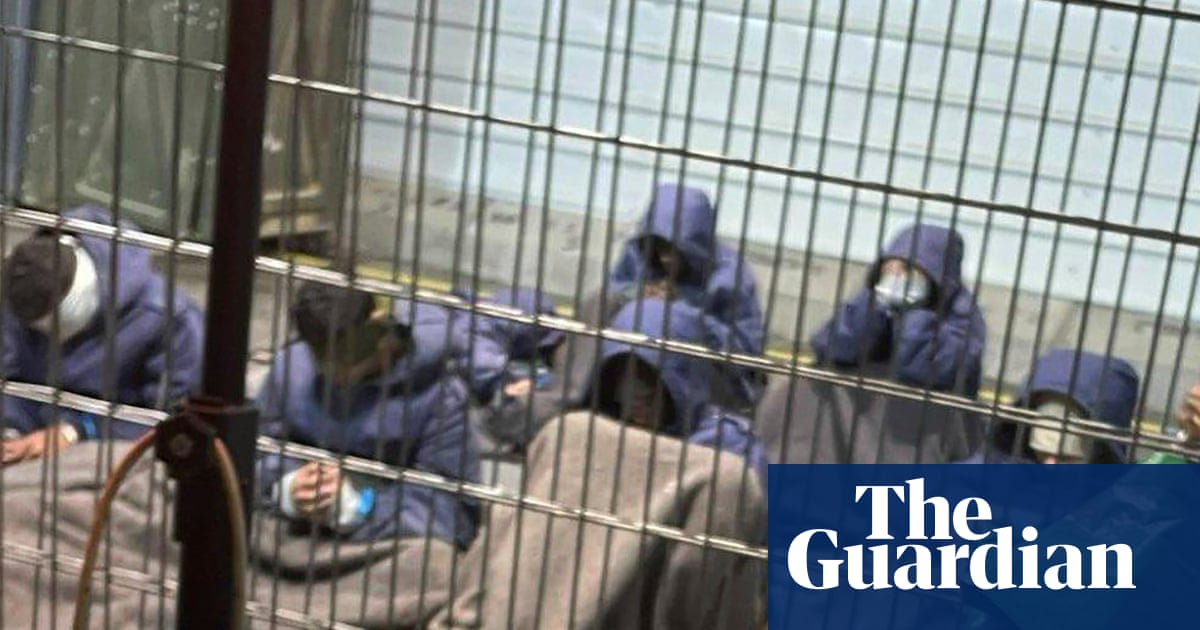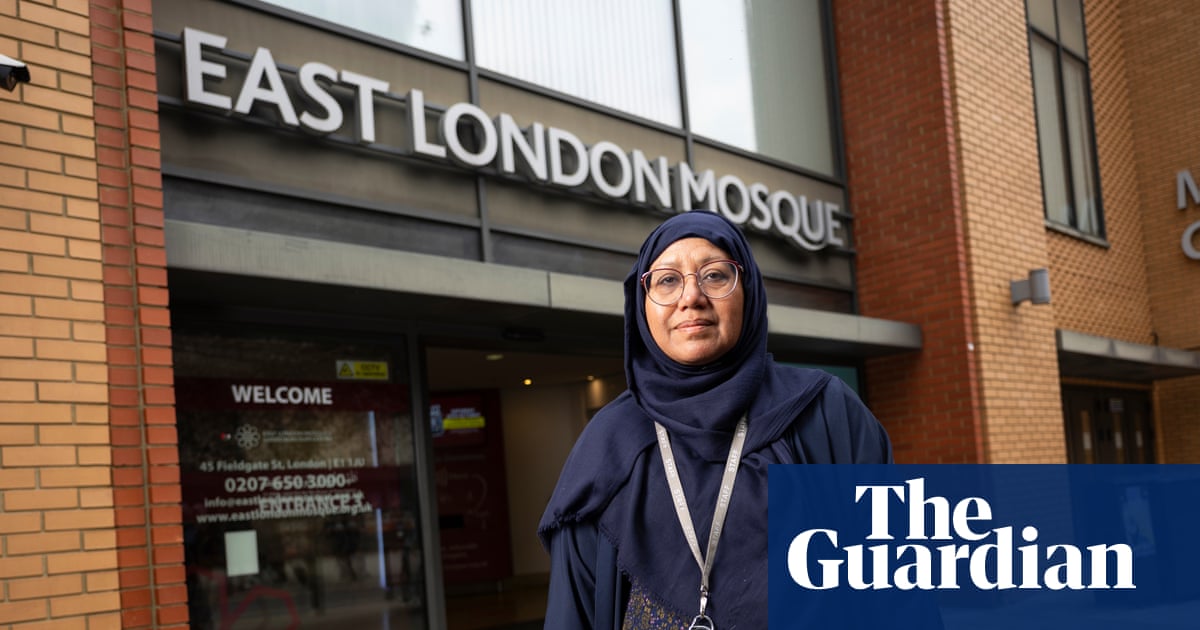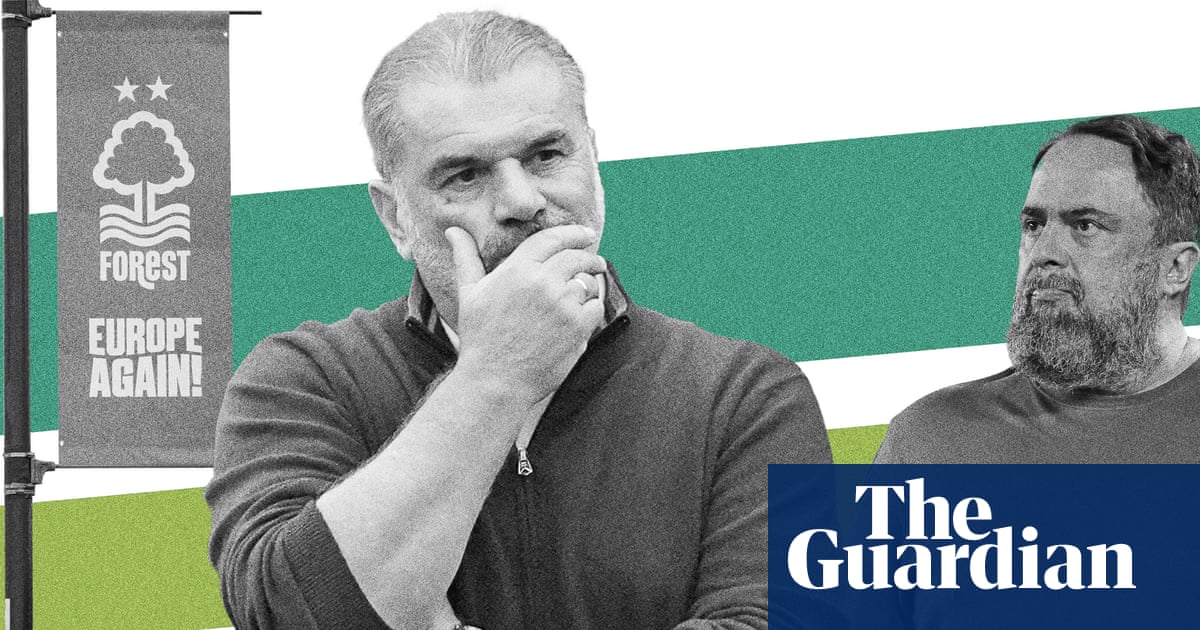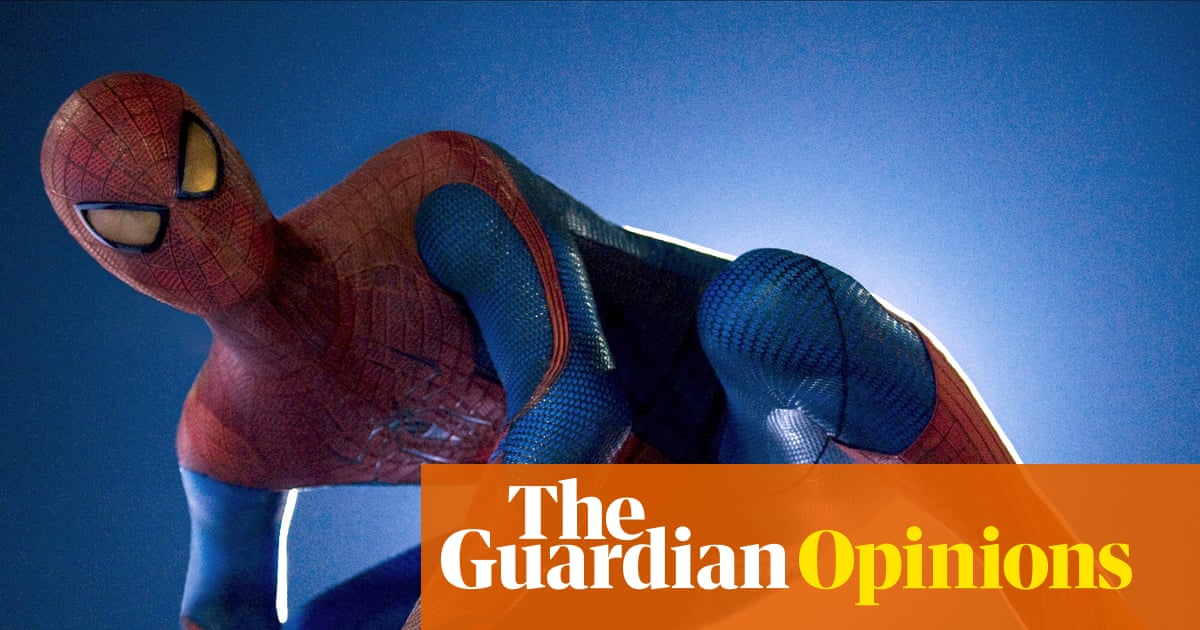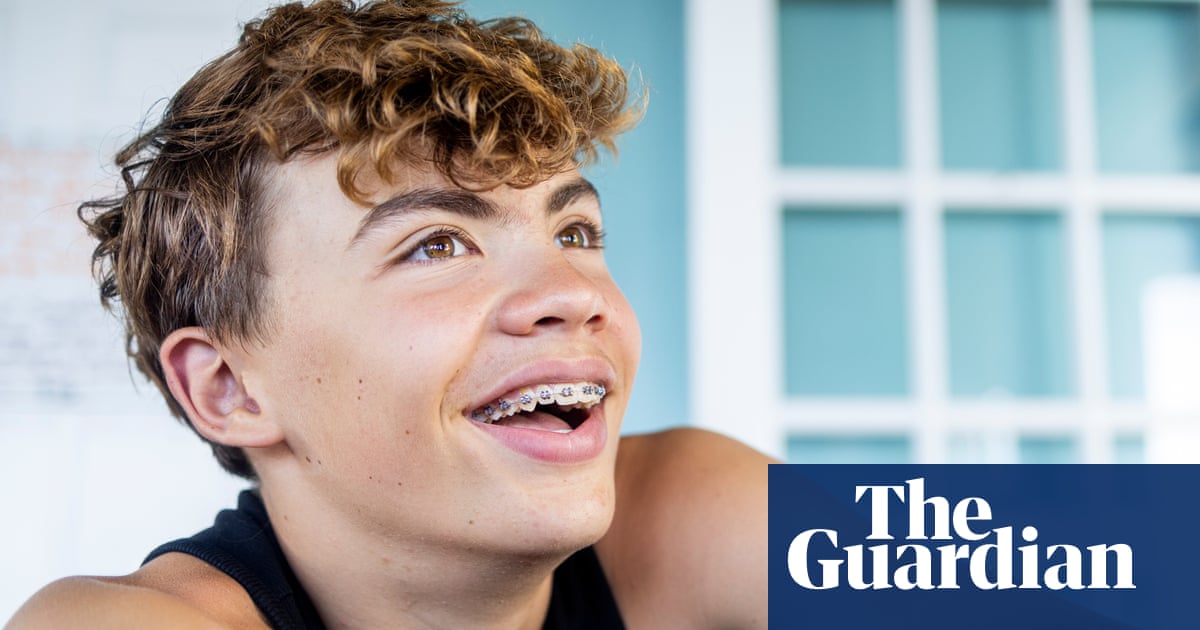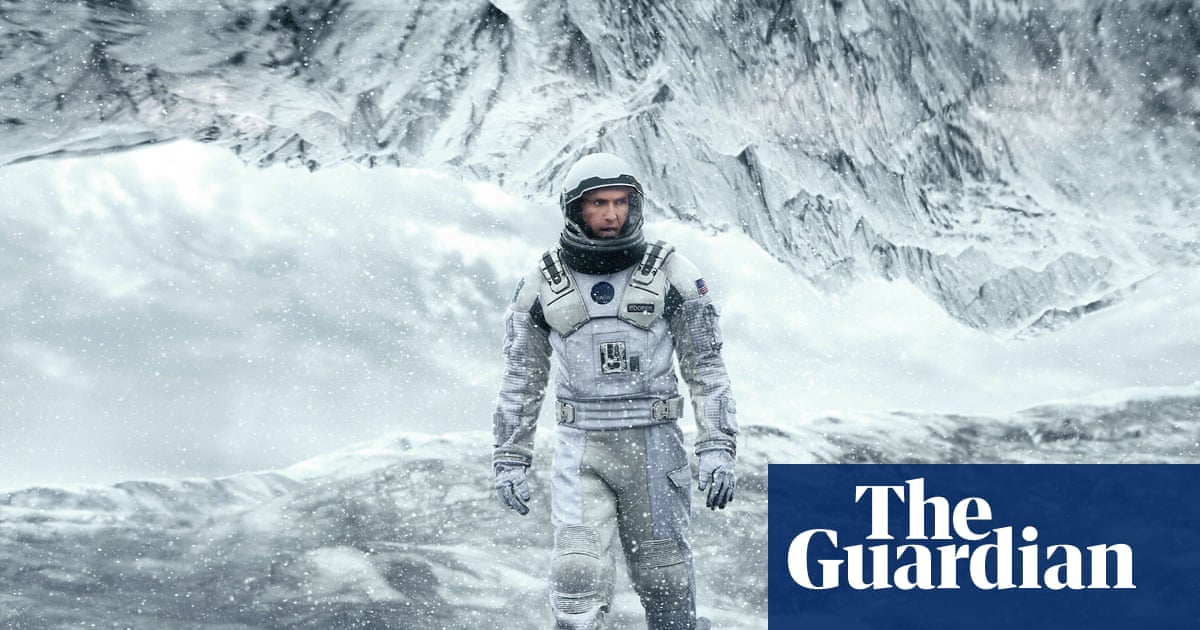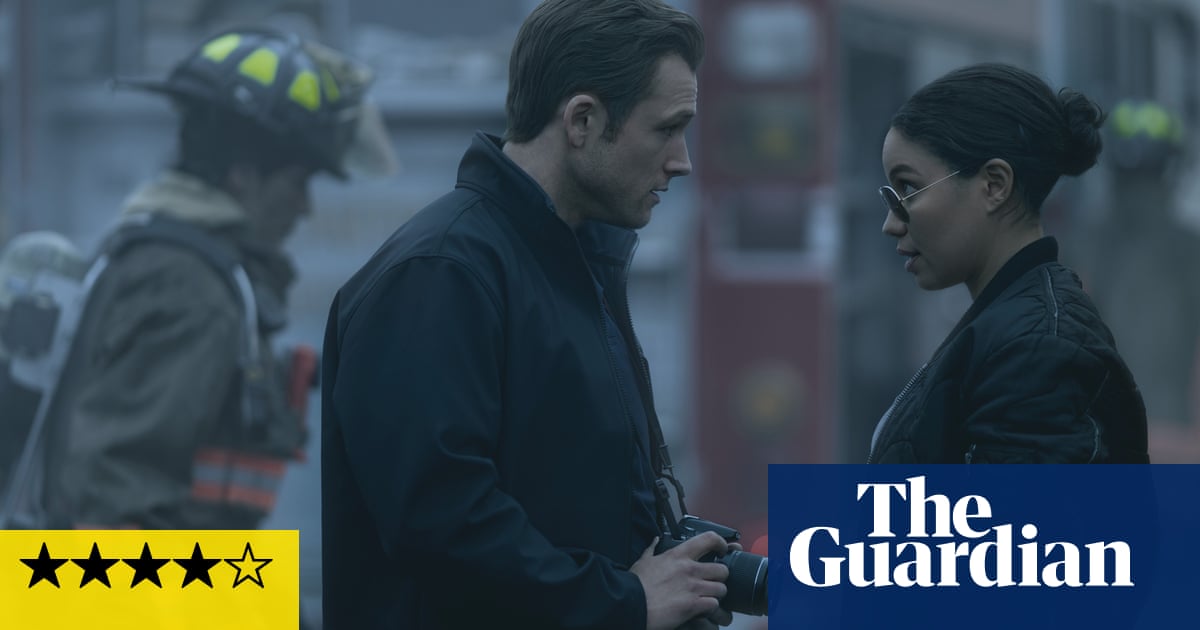Somewhere in the middle of the last school holidays, as I was attempting to work from home, the kids came bounding down the stairs armed with a new song they had written. The lyrics were nonsensical (as you’d expect from a pair of preteens), but there was a surprising crispness to the rhyming structure.
“We got ChatGPT to write it,” the eldest said. This was neither a confession nor a boast. Every 12-year-old knows the AI shortcut. Two minutes earlier, they didn’t have a song. Now they had something ready to perform. Admittedly the improvised melody could best be described as “indeterminate”, but the right prompt could have fixed that.
All I could say was: “You’ve missed the fun part!”
They could have spent an entertaining hour with a pen and paper, bouncing ideas and daft couplets around and, most crucially, left their working parent undisturbed. Instead, they skipped straight from inspiration to opening night.
This scene seems anything but uncommon. The author Danielle Binks wrote recently about the pall that generative AI has cast over this year’s Book Week, when a visiting author now seems less aspirational and more anachronism. Kids are learning young that AI won’t just do the tedious things, but all the creative things too. Who cares about authors when books can just write themselves?
It’s understandable that kids would privilege the end product over the process – our girls’ performance was probably more important to them than the song itself – since society is built around achieving goals and outcomes, ideally by the quickest, least painful means. Such is productivity.
But for this generation of young humans, there is a building sense that maximal productivity might mean leaving out the human element altogether. All the skills they are learning at school – maths, writing, even coding – risk being totally redundant by the time they graduate. Why bother learning to do something a machine will do better and faster? Why train for jobs that will no longer exist?
For parents of young children, the arrival of AI (and the associated human redundancy) means helping kids negotiate an existential crisis that feels several generations advanced from our own. The career paths that are disintegrating beneath our feet likely won’t exist at all by the time our children are ready to follow them.
Our eldest is a keen writer, but she is aware that humans might not be paid to write books by the time she’s ready to be published. And why should our youngest spend hours and years honing her sketching skills when ChatGPT can immediately draw a fox riding a dragon? What’s the point in being creative at all any more?
The answer, of course, is because the process is the point. When we stick those crayon drawings on the fridge it isn’t because each is a fantastic work of art, but rather a remnant of a great burst of creativity on the part of our offspring. It’s the process we’re celebrating. A key element of our digital age, with its focus on insta-publishing from blog posts to TikToks, has been the devaluing of craft in favour of immediacy. Why do something well when you could do it fast and still get all the clicks?
The arrival of AI is a chance to remind kids that sometimes the end result isn’t the one on the page in front of you. The goal is not to have created, but to be a creator. To be someone who enjoys making bad art for long enough that some of it might one day please others as much as it pleases you. And even if that never happens, maybe the point is the happy – if often frustrating – hours you’ve spent making something pointless.
If you want to be joyless about it, you could argue that AI making hard work redundant means we need to help kids value hard work for its own sake. Doing things the hard way is usually the most rewarding way, and as much as we’re drawn to them, we don’t value the easy things.
The appeal of endurance sports, I can only imagine, isn’t simply getting to a destination that it would have been quicker to travel to in a machine. It’s about becoming the sort of person who can run an ultramarathon despite the physical toll and hardship. Our efforts may not always change the world, but they often change ourselves.
This is the key to creativity. Creating their own art shows kids the world as they understand it and, in doing so, teaches them about themselves. Creating is about experimentation, about finding new methods and mediums that feel true and meaningful. Creating is also about failure and slowly closing the gap between intention and ability. There are no lessons to be learned from outsourcing that process.
The pop stars of the future may be synthetic. Our galleries may fill with AI art. But maybe, as parents, we should seize this disconnection between creating and having created to shift the focus away from the end product. We can encourage a generation of endurance artists.
If a computer can make anything, maybe it’s time to stop valuing the thing itself. This means shifting the tense to focus on the moment – on the active, not the passive. Because it turns out the most important part of creativity is not the having done, but the doing. That’s the human part.
-
Myke Bartlett is a writer and critic

 3 hours ago
6
3 hours ago
6

